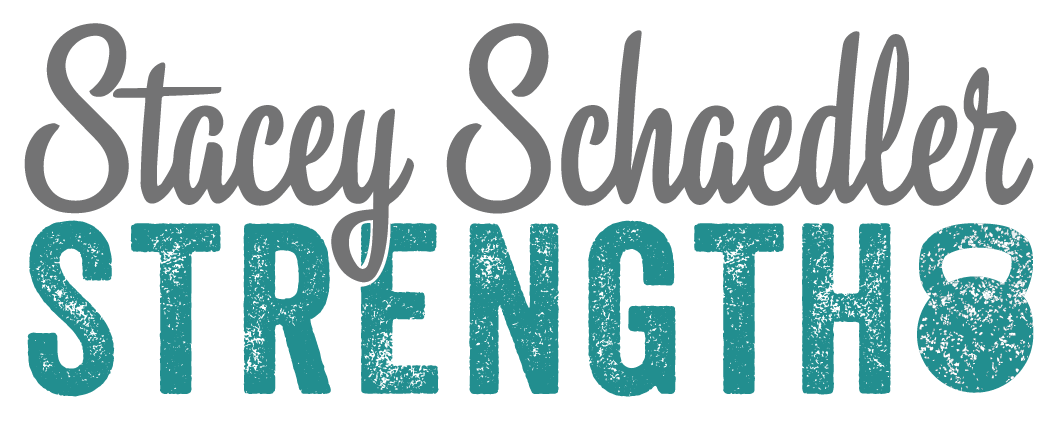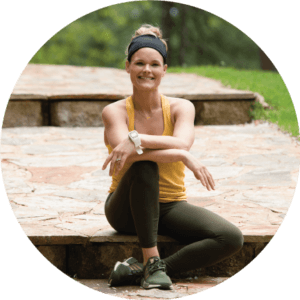Two days during the week, I teach Strength at South Boston Yoga, a 60-minute group workout class that incorporates kettlebell squats, overhead presses, lunging variations + pull-ups.
I very rarely, oh wait, dare I say NEVER incorporate sit-ups and sometimes receive feedback that people are genuinely disappointed they haven’t “worked their abs.”
Why do I skip sit-ups? Because the most effective way to train our abs is to strength train using compound movements. Using our body as a whole in order to push, pull, hinge and squat is quite possibly one of the most useful things we could ever teach our bodies.
Much like anything else, our abs don’t work in isolation, so why would we train them that way? In my mind, hip and core stability create a firm foundation for which to work the core. Our abs work in conjunction with our glutes in order to stabilize our torso as well as move properly. That’s why I consider glutes to be part of our core.
Here’s a sneak peak of 4 great core exercises that I like to include in my classes and you will benefit from incorporating into your workout (especially if you are new to strength training). Watch the videos to watch HOW to do the exercise and learn more under WHY.
*Note: I am not saying that isolated core work is bad, it just isn’t the foundation for our success and the success of my students during Strength. When we have limited time and a goal of getting stronger, we want to use our entire body.
Questions? Comment below or join me at Strength, South Boston Yoga, located right across from the Broadway T Stop Wednesdays (5:45pm) and Sundays (11:00am)
DEADBUGS
HOW:
WHY: Many people cannot stabilize their pelvis while breathing and holding their knees in a 90/90 position. This problem continues to occur all the way to the standing position and leads to massive thoracic extension and crazy anterior tilt when they overhead press. By taking the faulty pattern back to the beginning ie lying supine on the ground, you are able to practice a posterior pelvic tilt while breathing and engaging the core properly. Don’t rush it..feel it.
SIDE PLANK:
HOW:
WHY: I see a ton of asymmetry within the side plank hold. The same holds true in the static standing position. Instead of just loading the poor position, teaching the core to support the body in a side plank can do a lot for individuals with a torso or a hip rotation. The majority of folks are overusing their shoulders and lower back in order to hold as opposed to really feeling the hold in the obliques and supporting glute. Maintaining square hips without dipping or rotating is quite difficult for those new to strength training.
1/2 KNEELING HALOS:
HOW:
WHY: Core stability in a 1/2 kneeling position. Teaching the glute to contract to stabilize the hips and connect to the torso, as opposed to leaning into the hip/quad and lower back for support. I love bang for your buck exercises and the kettlebell 1/2 kneeling halo is definitely one of them. Addressing the core, shoulders and hips in a single exercise. Don’t leave this one out!
BEAR CRAWLS
HOW:
WHY: This simple, no equipment necessary core exercise is so diverse it can be used as a warm up, finisher or filler! Bear crawl variations work your brain (coordinating opposite arm and leg can be a challenge), core, as well as upper back. Plus its just fun to move like an animal 😉
Let me know how you do incorporating these exercises into your strength routine and let me know if you have any questions!

